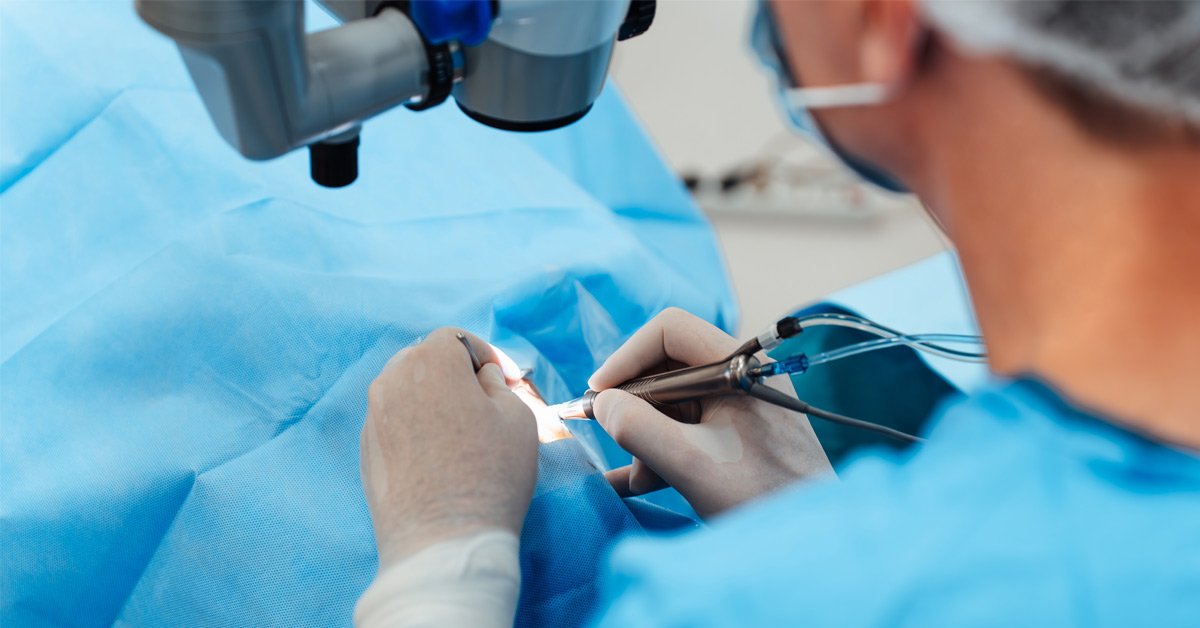
Being diagnosed, or having a loved one diagnosed with prostate cancer, can be scary. It’s the most common type of cancer in men, and millions will have to face the uncertainty and fear about treatment and recovery. Fortunately, many treatments are available, and there is a high chance of successful outcomes.
What Is the Prostate?
The prostate is a small, walnut-sized gland located just below the bladder and in front of the rectum. It wraps around the urethra, the tube that carries urine from the bladder out of the body. The prostate’s primary role is to produce seminal fluid, which nourishes and transports sperm during ejaculation.
What Is Prostate Cancer?
Prostate cancer occurs when cells in the prostate grow uncontrollably, forming a tumor. Prostate cancer is very common in men, especially as they age. In many cases, prostate cancer grows very slowly and may not cause symptoms for years. However, in some cases, the cancer can be more aggressive and spread to other parts of the body.
When Is Surgery Needed for Prostate Cancer?
Surgery is often recommended when the cancer is believed to be confined to the prostate. It may be a first-line treatment or considered after other treatments, such as radiation therapy, have been tried. Your doctor may suggest surgery if:
- Your cancer is localized, meaning it has not spread outside the prostate
- You are in good overall health and can tolerate surgery
- Other treatments have not been effective
- The cancer has returned
Surgery aims to remove the cancer and, in some cases, may cure the disease entirely. However, it is not always appropriate for every patient. If your cancer has spread beyond the prostate or if there are additional health concerns, your doctor may recommend a different treatment approach.
Surgical Options for Prostate Cancer
- Radical Prostatectomy
A radical prostatectomy involves the removal of the entire prostate gland and some surrounding tissue. The procedure is performed in two main ways:
- Open radical prostatectomy. This is a traditional surgical approach where a single large incision is made in the lower abdomen. It’s not as common now, as less invasive methods are often preferred.
- Laparoscopic radical prostatectomy. This minimally invasive procedure involves making small incisions in the abdomen, through which a camera and specialized surgical instruments are inserted. Often, this is performed as a robotic-assisted surgery, where the surgeon controls robotic arms from a console for enhanced precision. Compared to open surgery, this approach typically leads to less pain, shorter hospital stays, and a quicker recovery.
- Open radical prostatectomy. This is a traditional surgical approach where a single large incision is made in the lower abdomen. It’s not as common now, as less invasive methods are often preferred.
- Transurethral Resection of the Prostate (TURP)
TURP is primarily used to relieve symptoms of prostate cancer, such as difficulty urinating. It involves removing parts of the prostate that are blocking the urethra. TURP is not a cure for prostate cancer, but it can help improve the quality of life in men with advanced or symptomatic cancer. - Pelvic Lymph Node Dissection
In cases where there is a risk that the cancer has spread to nearby lymph nodes, the surgeon may remove some of these lymph nodes during surgery to check for cancer cells. If cancer is found in the lymph nodes, the surgeon may not continue with prostate removal since the cancer has likely spread beyond the prostate.
Recovery After Surgery
After surgery, a catheter will be placed in your bladder to help drain urine while the surgical area heals. Most men can resume normal activities after a few weeks, but strenuous activities, such as heavy lifting, should be avoided for at least 4 to 6 weeks.
Your doctor will monitor your recovery and may schedule follow-up tests to check for any signs of recurring cancer.
Effects After Surgery
- Urinary incontinence
One possible side effect of prostate cancer surgery is the inability to control urine flow. It occurs because the surgery can weaken or damage the muscles that control urination. Most men regain bladder control within a few months after surgery, but some may continue to have leakage or dribbling. - Erectile dysfunction (ED)
The nerves that control erections run close to the prostate, and even with nerve-sparing techniques, erectile function may be affected. Recovery of erectile function can take months, and in some cases, men may need medication or devices to help with erections. - Dry orgasm
After prostate removal, men will no longer produce semen during orgasm. This is known as a dry orgasm. The sensation of orgasm is still present, but there is no ejaculation because the glands that produce semen have been removed.
See A Urologist About Surgery For Prostate Cancer
If you have questions about prostate surgery or want to explore your treatment options, schedule an appointment with one of our experienced urologists today.
Don’t delay discussing surgery for prostate cancer – schedule an appointment today!
